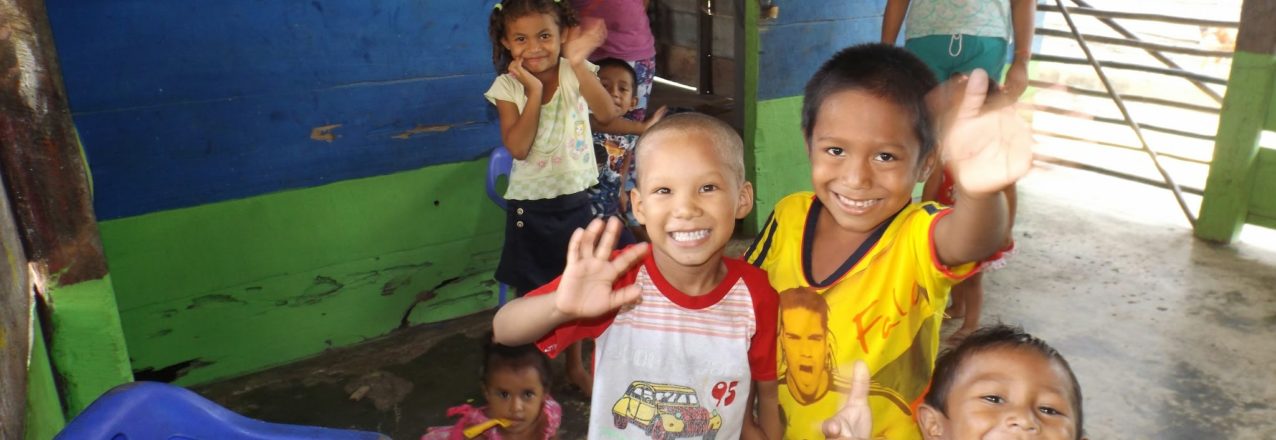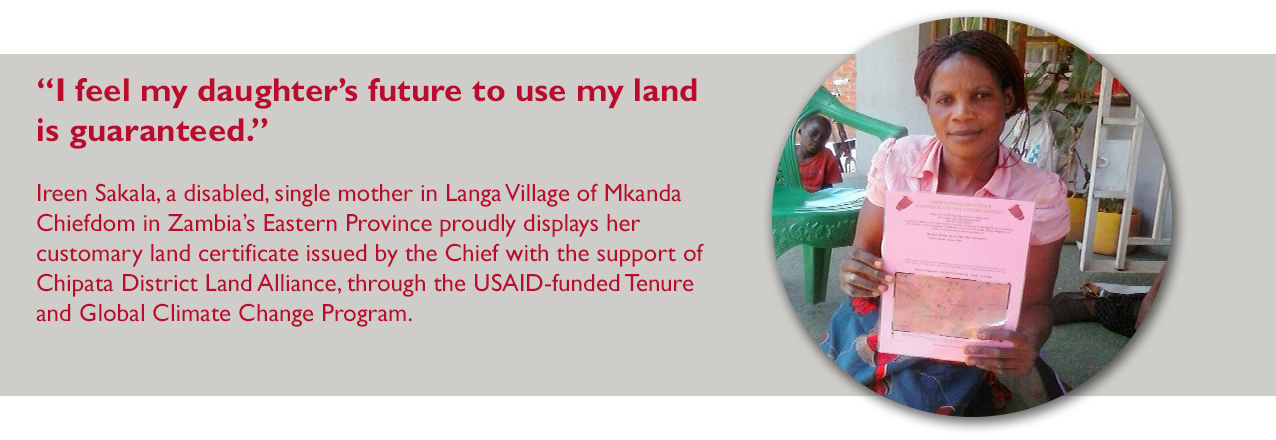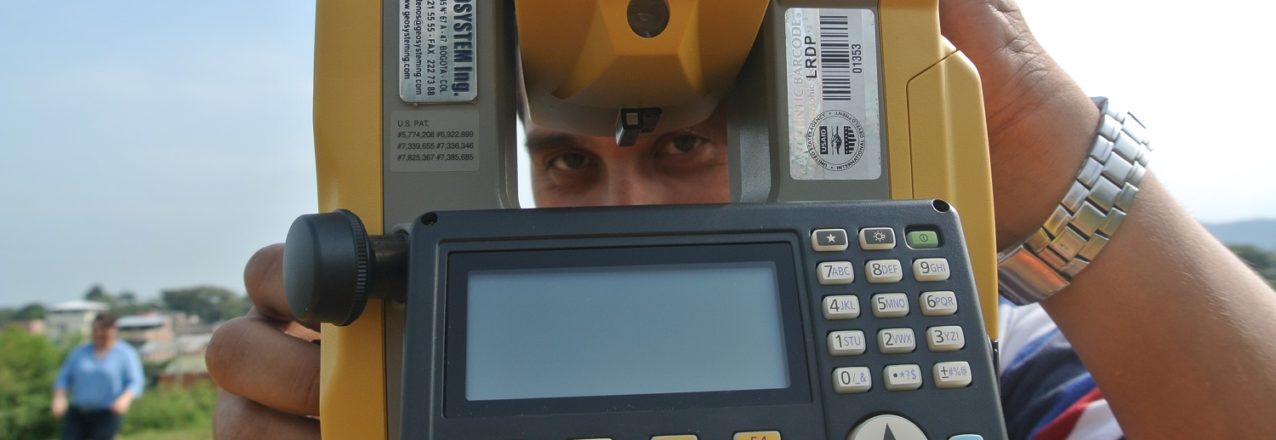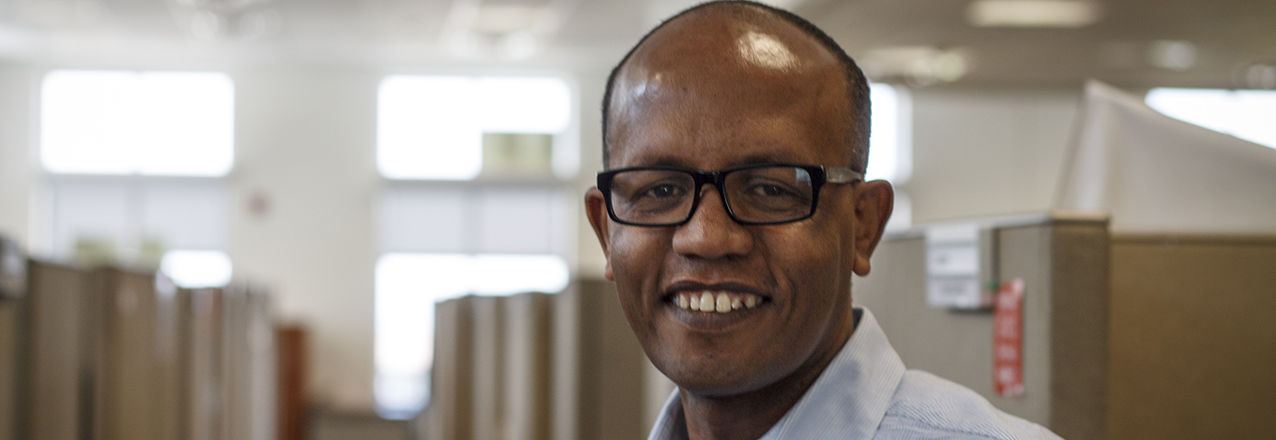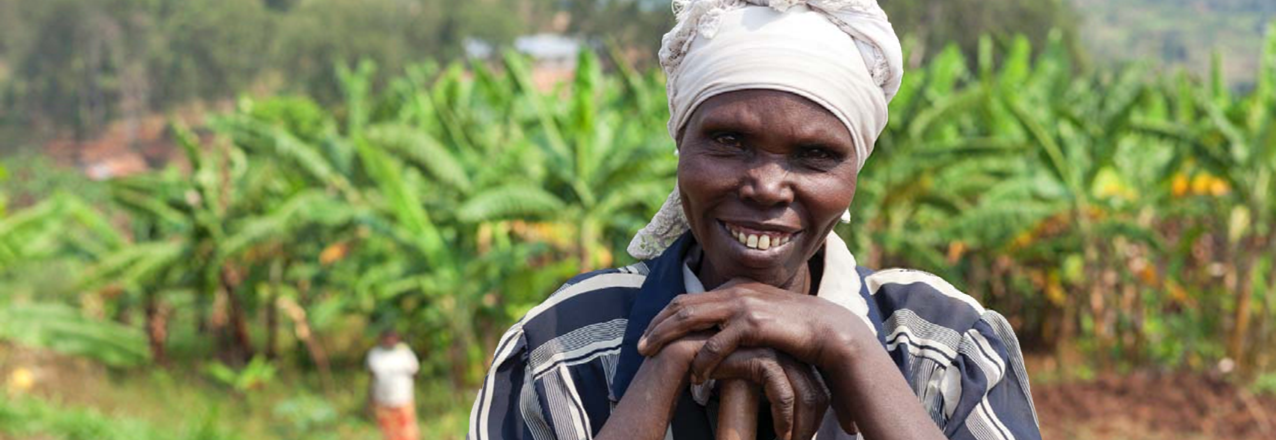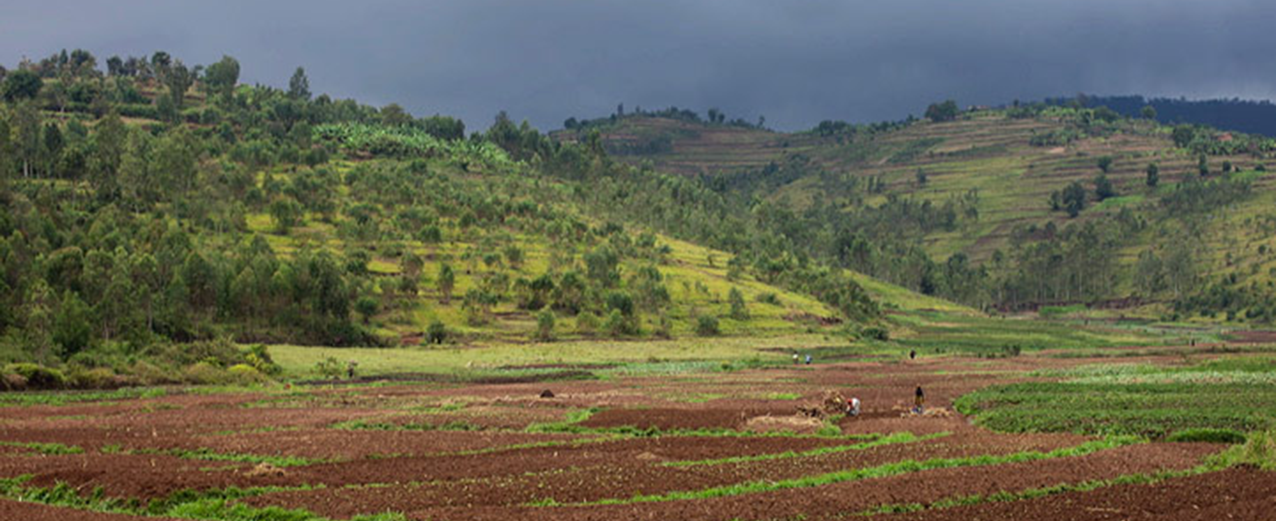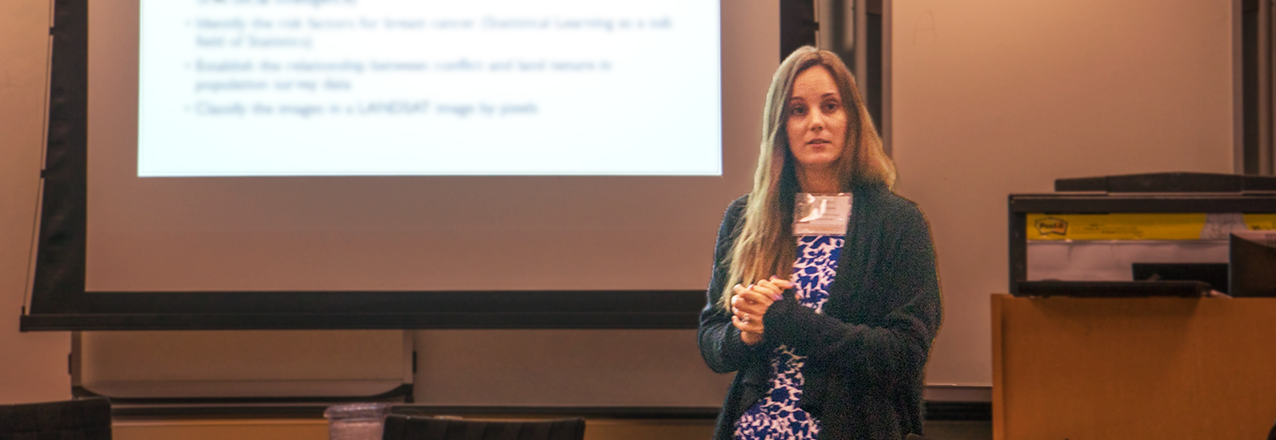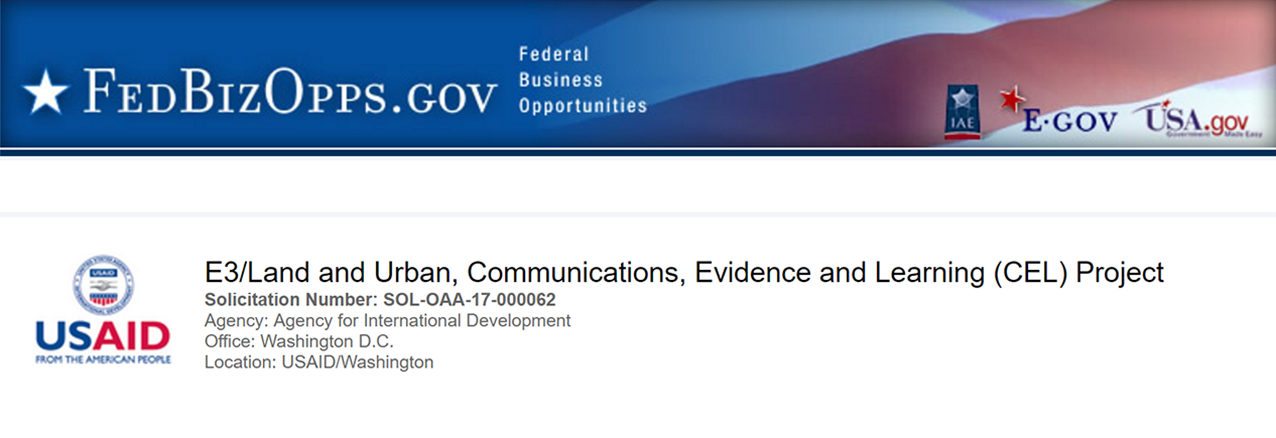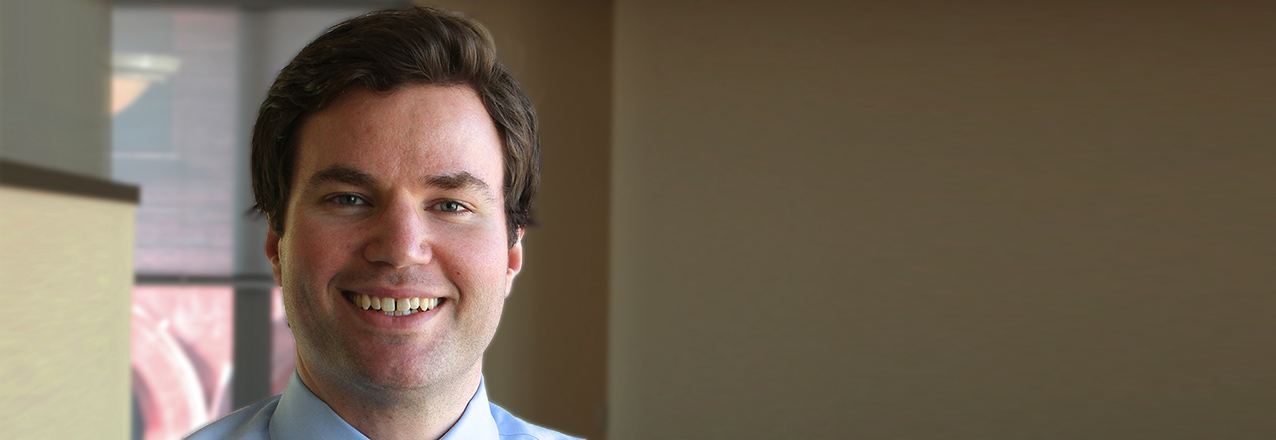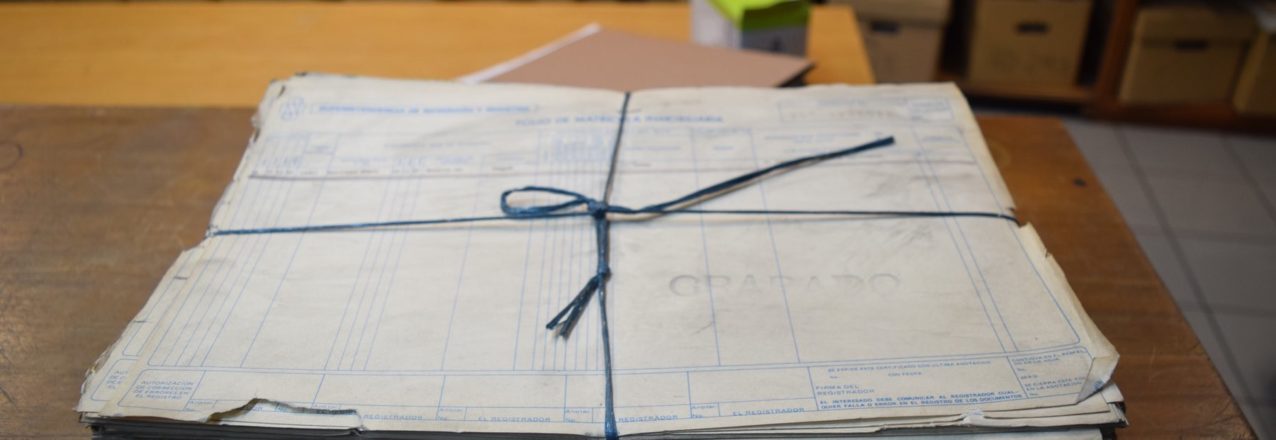Zemen Haddis, PhD, is the Senior Agriculture Policy Advisor for USAID/Ethiopia and he manages USAID’s LAND project, which focuses on the land rights formalization process in Chifra and Amibara woredas (administrative zones similar to counties) in Afar Ethiopia.
The project works with pastoral communities in Ethiopia to support the formal recognition of customary land rights and strengthen the capacity of formal and customary pastoral land administration and land use institutions. LandLinks caught up with Dr. Haddis at his office in Ethiopia to learn more about his take on the Afar impact evaluation and how the project is engaging pastoral communities and the government around strengthening effective land and resource governance. Here is what he had to say:
Here is what Dr. Haddis had to say (this interview has been edited and condensed for clarity):
“The intervention in Afar was designed to pilot land demarcation and certification in the names of communities and to assist the Government of Ethiopia in establishing a system [for certification] that is accountable and transparent while at the same time empowering the customary institutions.
The project works with the regional Afar government and the pilot is in two woredas, Ambara and Chifra, which have different characteristics; Amibara is more agro-pastoral area with some land allocated for investment, Chifra, on the other hand, is more pastoral and grazing areas. Even though these are different geographic areas, many of the challenges are the same.
One challenge is that the Afar region would like to implement a land use plan that allocates land for grazing, crop production, investment, and other purposes—this shrinks the natural grazing system in pastoral areas. Communities would like to keep this impact on their grazing land as small as possible. We are trying to pilot this project in certain kebeles [local neighborhood governments] where it is not a government priority to allocate land for farming and where the pilot can show how beneficial this kind of land demarcation and certification is for both communities and the government.
We are trying to create a middle ground for communities and government to secure tenure rights together. Communities are trying to get back their control of resources at the same time government officials have been attempting to implement a land use plan that would give the government some decision-making role in land allocation for development purposes on communal lands.
In many places, the government allowed the administrative structure of many kebeles to be according to clan structure. As a result clan leaders in these areas can have an administrative role within both formal and customary systems. This made clan leaders accountable to both the government and to the customary system, which creates some difficulties in differentiating between formal and informal structures.”
What are some of the unique situations you find working with pastoralists?
“The model we use was designed to maintain pastoralists’ access to large grazing areas, because of the nature of their livelihood. A clan may have its own territory but may need permission from neighboring communities to use land seasonally. Pastoralists need this kind of arrangement to be able to utilize large areas to support their livelihoods. Sometimes large farms affect their movement. In many grassy areas, there is also the invasion of the harmful Prosopis bush [an invasive plant that has expanded into some of the best grazing areas].
Many pastoralists are shifting away from cattle production to sheep and goats because of lack of resources and grazing areas. This shows there’s a need for more management of the grazing areas and customary leaders, which are in a better position to manage these areas than the government, don’t feel empowered to manage them at the moment.”
What are the lessons learned, and what advice would you give to others working in pastoral areas?
“One challenge is a perception problem. Pastoral populations are few in number, but use large tracts of land—this is the nature of their livelihood—and they need to move from one place to another to access resources such as water points and different pastures during the wet and dry seasons. People may not understand this and all too often think that they may not need to consult anyone to use open areas of land for investment; even the local people sometimes believe this. One of our take-aways from this intervention is that frequent consultation and discussion with communities is very important in understanding the lives and livelihoods of these communities.
We also need to continue developing awareness of stakeholders who would like to work in pastoral areas and within the pastoralist communities themselves. And the regional government could help train communities, sharing information with the whole community, and support efforts to make sure leaders are accountable; that compensation is for the whole community; and that all members of the community—especially women and other vulnerable groups—can benefit.”
What are some of the challenges that female-headed households face under customary systems in Afar?
“Normally men come to discussions but you don’t see women or even youth attending and voicing their interests. There is a strong influence of customary leaders and heads of households, making it unlikely that women will be vocal about their interests even when we are soliciting their opinions. This [finding] is in the baseline report. Because of the influence of traditional life, women are not in a position to understand and ask for their rights. In one instance, a woman in Chifra told me that she believed this oppresses women in her community, she said, “This is the first time I am telling anyone because our religion and tradition doesn’t allow women to come out and talk about their problems.”
These beliefs mean that we need to devise different mechanisms that will allow us to better approach women and understand their situation to better resolve their problems. And we need to have an understanding of customary leaders and their communities to get their support if we want to resolve these problems.”
What do you think governments should know to encourage them to provide pastoralists with access to their lands? What examples of successful policies have you seen for pastoral communities?
“Secure ownership of pastoral areas is the first step that governments could take. If pastoralists feel a lack of ownership, they will not be in a position to monitor and take care of their grazing areas. They may fear that land can be taken at any time by the government or by investors, which does not encourage these communities to manage it well.
The government and communities could work together to develop by-laws to establish a better sense of ownership in these areas, this may include consulting with communities before using land for a public purpose and land could be allocated for investment by taking into consideration the interests of the communities. Both government and communities could use a model where the communities are consulted and benefit from any land taken from them and pastoralists are empowered to manage their land. If there is a sense of ownership pastoralists can manage the land; if there is no sense of ownership, I believe, we may see very bad deterioration in the future.”
What would you recommend to others who are interested in working with pastoral communities to secure land rights – or rights to pastures, water sources, migration routes?
“We need to be innovative in our approach to pastoral areas. First, we need to understand the interests of both parties, governments and communities, and find a way to accommodate these interests, We need long-term plans so that government officials in particular can understand how beneficial and empowering secure land rights are to communities.
One of the objectives of the pilot is to show that there’s another way of working together. In Ethiopia, according to the law, the government has all the rights to land. Pastoralists may not understand this because they are only familiar with customary laws, which can lead to conflicts. We need to bring these two groups together to help them understand each other and find “common ground.”
When it comes to land management, allocating land for grazing, forests, or other purposes, has to be done at the community level for it to be done in harmony with both customary and formal land laws. Finding a point of compromise is very important; then government officials can work with the customary institutions more closely.”
USAID has supported the development of the impact evaluation on the Afar project. What information from the baseline report did you find interesting?
“The baseline is very interesting. I had the opportunity to talk with clan leaders before the baseline report and at the time, I had the impression that they had lost their land and that they were very disappointed by the lack of government protection on the ground.
But now I understand that there is no significant claim of land taking for investment without the consent of communities and the baseline tells us that the Afar people were relatively happy and protected. We need to understand this better in the future. The pastoral context is a complex situation so we should not assume anything; we need to continue to learn more.
Going forward, the project can continue with demarcation and improve the awareness of communities and we can see what kinds of changes of perception in terms of benefit arise. I’m optimistic that this intervention may improve perceptions towards communal land administration and management over time in the project area.”


